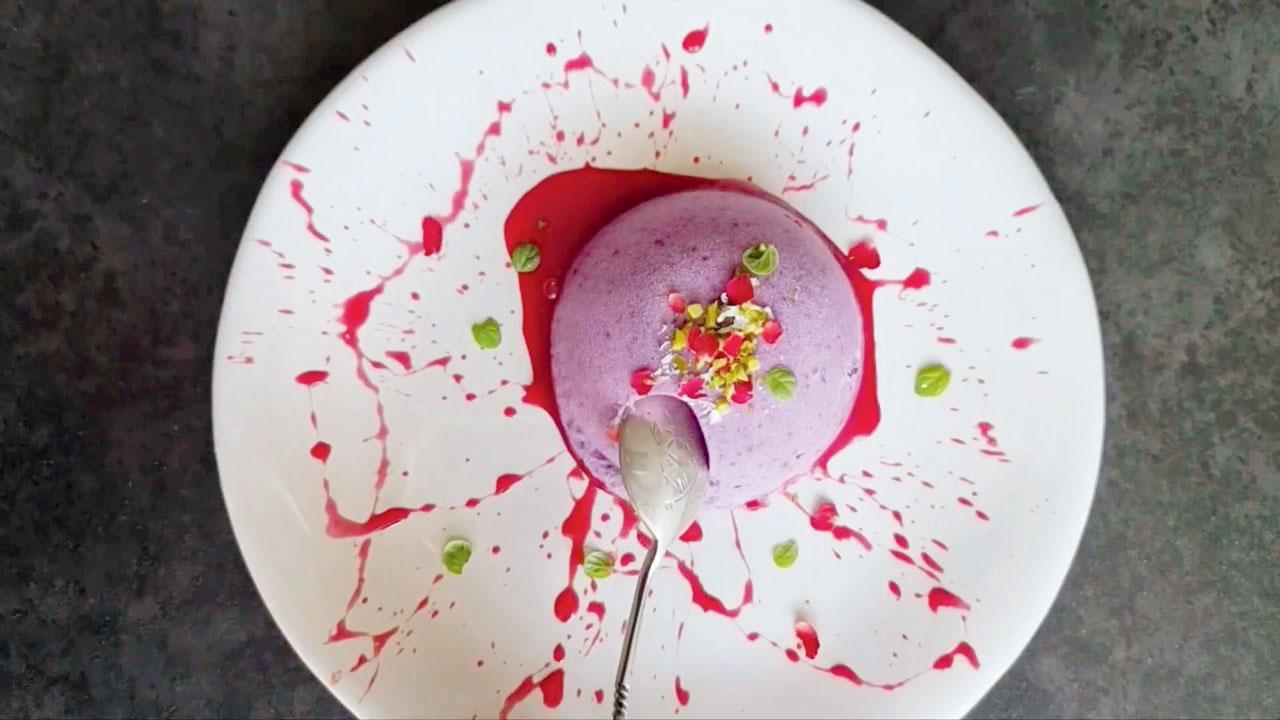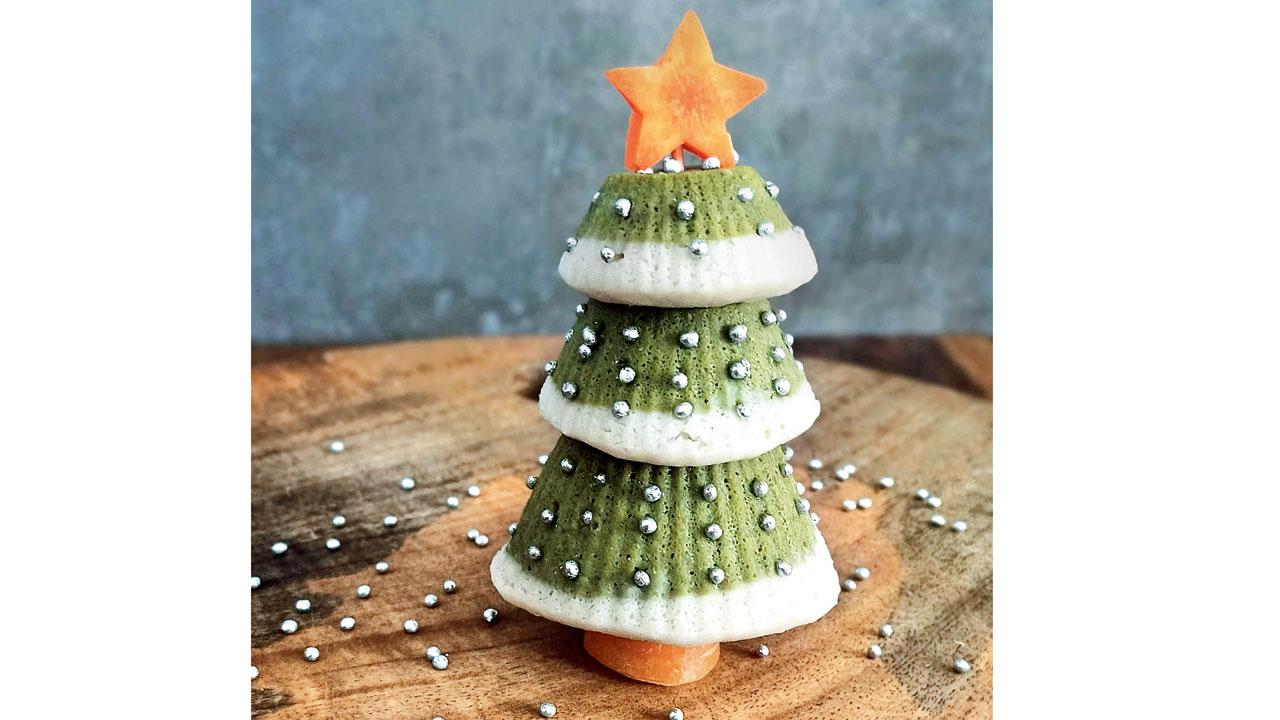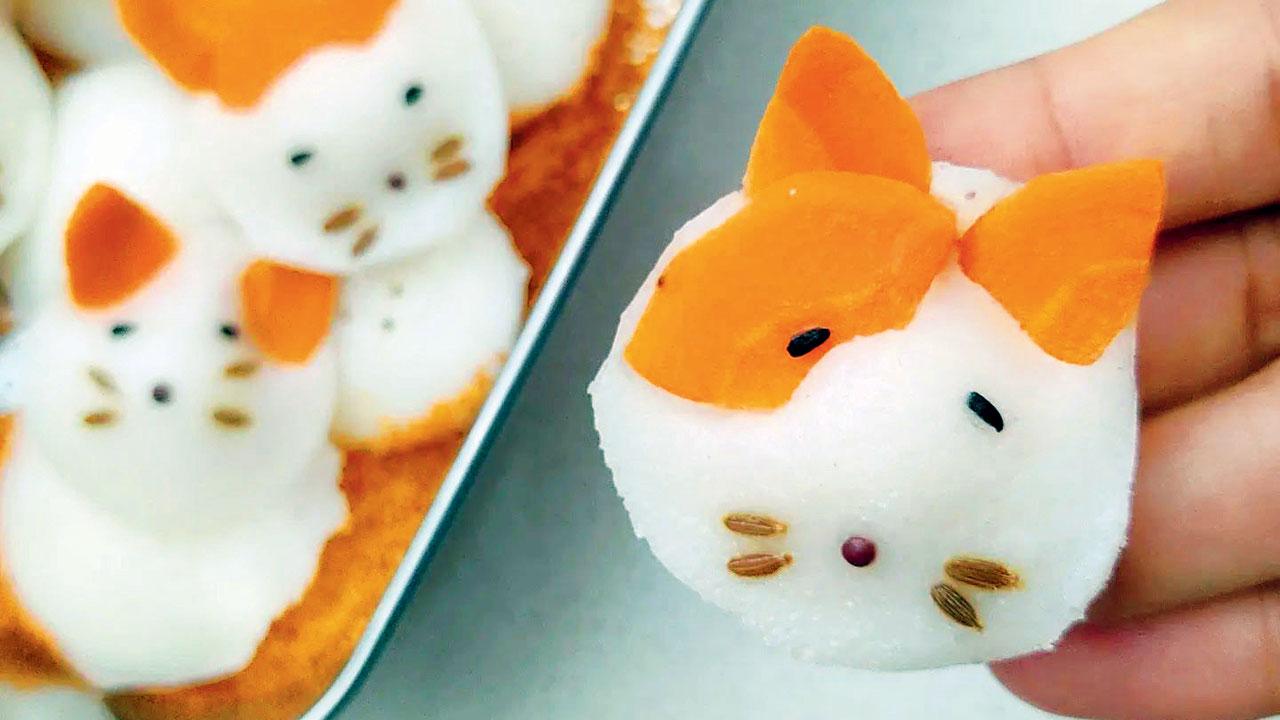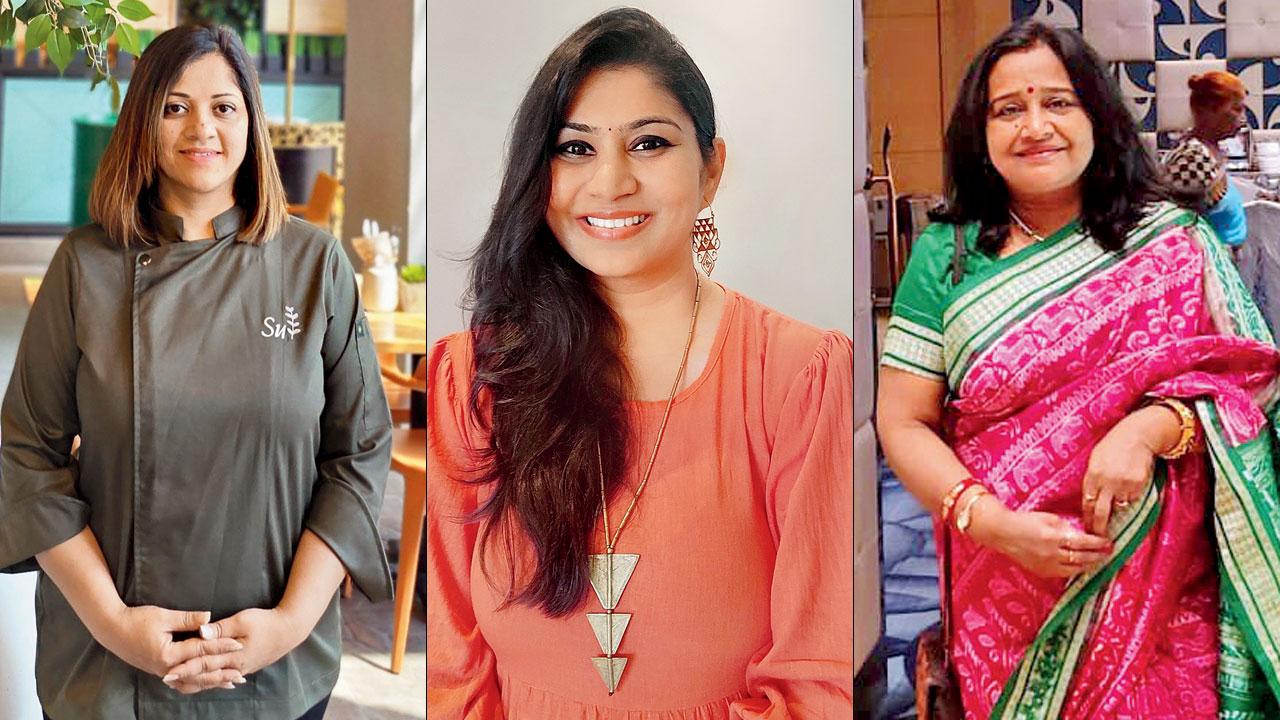Home chefs, who double up as food artists, let us in on the secrets of dressing up dishes to make them ’gram-worthy

Home chef Rohini Natti’s food art is entirely based on presenting idlis in a creative format. Here, she has used cocoa powder to get the brown colour for this sloth-themed presentation
Right from the courts of Louis XIV in the 1600s, where the art of plating food originated, to today’s social media food spreads, presenting food aesthetically has come a long way. Today, food artists specialise in dressing up dishes in a manner that’s appealing to the eyes and the ‘gram.
ADVERTISEMENT
But does the art of plating reach into a deeper science, or is it just surface-level visual aesthetics? “It’s a mixture of both,” according to UAE-based home chef Surabhi Sehgal, who is popularly known by the moniker Supaintsonplates on Instagram. “It’s the way you are as a person that translates into the visual presentation. Also, it’s about understanding colours,” she adds.
Sehgal grew up in an artistically inclined family. Her mum is a painter, her dad a poet, and her grandmother, whose cooking inspired Sehgal to delve into the culinary world, was a prolific chef. Her page, which is over seven years old, started as a creative outlet to experiment with colours and express a passion for creating recipes.

Home chef Surabhi Sehgal adds simplistic elements while plating, like a splash of beet juice or a strategically placed flower, to highlight the dish’s colours
The secret to creating food that looks good on the plate is the tried but tested “less is more” approach. A glance at her work confirms this. The staple grey backdrop against which buttercup yellow hummus or lavender jamun fro-yos feature sets of burnished copper utensils or golden spoons. “There is so much noise in the way food is presented. What people are looking for is simplicity,” she says. Her work is almost meditative because it incorporates a few outstanding elements.

“My food is vibrant and colourful,” the plant-based chef explains. “I love to retain the natural colours of the vegetables and use these colours on my plates. This can be achieved by avoiding overcooking of the vegetables, using methods like blanching in ice water, sauteeing, etc” White space is another factor that can make or break a good layout. “It’s not the plates that should be bursting with colour, but food.”
The art of food presentation is a composite of many things: Starting from the way one shops, then slices the vegetables, and how long the food is cooked. Presentation, Sehgal says, is just the culmination of this process.

These idlis made by home chef Rohini Natti have been steamed in cupcake moulds. The green comes from mustard leaves paste
While for Sehgal, food art is a set of streamlined processes, it’s a journey for Rohini Deepthi Natti, otherwise known as The Idli Mama on Instagram. “The inspiration came from my mom. As a kid, I remember the joy of being served cat-shaped dosas made by her, and that’s what made the mom in me serve happiness on a plate for my son. That spark in those little eyes is unmatchable,” she laughs.
The journey started in 2020, after she donated a part of her liver to her father. Natti decided to document recipes and create memories for her son at that point. “Now that he’s older, Adi loves to draw and pitch in ideas before we cook. We call it the ‘blueprint’.” It’s a collaborative process between the two, which Natti says, builds creative thinking and the art of conceptualising an idea. “Art has been with me since I was a child. It’s all around me.”

For self-taught food artist Saila Ratho, inspiration comes from fashioning a unique theme around ingredients found in her kitchen
The Hyderabad-based chef has fond memories of her dad cooking on Sundays. He used to involve the whole family in the process, and come up with stories around the dishes, like creating a rice mountain and then pouring sambhar down it to resemble an erupting volcano.
Natti views food as a creative medium through which she can experiment with the alchemy of colours and textures. We ask her how she gets the delicate purple shade for idlis, and she says the secret lies in butterfly pea extract. “I started experimenting with idlis because they have a beautiful, neutral, white base; the colours pop out vibrantly, exactly the way you’d imagine.” she quips. “I initially tried purple cabbage, but the taste was blah! So instead I mixed beetroot juice and a bit of butterfly pea extract to get pretty purple hues without altering the taste.”
Her experiments led her to discover the perfect balance of colours—add too much carrot, for example, and the idlis don’t fluff up, although they turn out a bright orange. To get a stunning saffron, she mixes beetroot juice with turmeric.
Natti’s food art can be described in one word—cute. True to its name, there are many idli-based recipes with creative connotations of plating, like cat idlis with carrots for ears and a version with cocoa and kernels of corn made to resemble a flower. “I use very basic ingredients found in any Indian kitchen. And the best part—it’s all natural and super healthy as well.” The home chef believes in keeping creations straightforward, as “art should be simple”.

Surabhi Sehgal, Rohini Natti and Saila Ratho
And there’s an unexpected outcome: “Mealtimes can be a wholesome sensory experience. Involve kids in the process. Get creative, spin stories around it, be silly and build that relationship with food together. A few words of appreciation and love can go a long way,” is her bit of wisdom.
Chandigarh-based home chef Saila Ratho started creating food art during the pandemic just for fun. The mint and turmeric leaves growing in her kitchen garden served as inspiration for one of the first posts she created, a tribute to World Book Day. For her, food art is synonymous with patience.
“I choose a theme based on World Days such as Environment Day, Health Day, etc., and create something based on that.” She uses only ingredients found in her kitchen—no added food colours or exotic veggies or fruits. “Beetroots can be used for many different shades of red. It is very versatile. It is like a healing act for your brain. Or like meditation,” Ratho explains. “I read up about it, and creating designs exercises different parts of your brain.”
She says it’s important to use your creativity and also, not waste the elements one has used while cooking. “Sometimes, just looking at a vegetable—like an onion—makes me think about a design. I created a girl with an onion skirt, using fried onions that we ate later.”
Another time, she was cutting up apples in Odisha for her sister, and the thick red pieces piling up sparked a creative train of thought. They could be used as a little dress or shirt in a design, she realised. It’s all about the artistic inspiration behind the concept that can make a difference, she feels.
When we ask her where the artistic streak in her personality comes from, she traces it back to her days as a life sciences student drawing biology diagrams. “Back in the day, we made everything by hand, like greeting cards for occasions,” she says.
“I truly believe I’m born to do this,” is Sehgal’s take on the art of food presentation. For Natti, “every creation is a fun and exciting experience.” For these chefs, food is not just about the process of
cooking and eating, but the journey in between. That, to them, constitutes art.
Beauty tips for your plates
>> Don’t overload the dishes—less is more. Make use of white space
>> Natural food colours are the most vibrant. Grind beets or splash turmeric to infuse colour into your food
>> Garnish with fresh, seasonal, and local produce
>> Keep the design simple
 Subscribe today by clicking the link and stay updated with the latest news!" Click here!
Subscribe today by clicking the link and stay updated with the latest news!" Click here!







